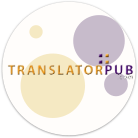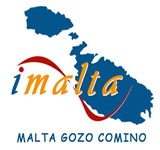|
Note: You must be registered in order to post a reply.
To register, click here. Registration is FREE!
|
| T O P I C R E V I E W |
| Stefan |
Posted - 01/31/2023 : 08:45:12
Machine post-editing workflows have become increasingly relevant in recent times in the language industry due to the following reasons:
1. Advancements in NLP and Machine Translation: The continued advancements in Natural Language Processing (NLP) and Machine Translation (MT) technology have led to more accurate and reliable translations, reducing the need for extensive human intervention.
2. Cost-effectiveness: Automated translation systems can process large amounts of text in a short period of time, reducing the cost and time required for manual translation.
3. Increased Demand for Translation Services: The growing global market and increased demand for translation services have put pressure on the language industry to find more efficient and cost-effective ways to meet this demand.
4. Hybrid Approach: Machine post-editing workflows provide a hybrid approach to translation, leveraging the speed and efficiency of MT while also ensuring the quality and accuracy of human translation.
5. Improved Productivity: Machine post-editing workflows allow translators to focus on the more complex and nuanced aspects of translation work, improving their overall productivity and enabling them to handle larger volumes of work.
6. Improved Consistency: Automated translation systems can ensure consistency in style, tone, and terminology across multiple translations, helping to maintain the quality and integrity of a brand's messaging.
Overall, machine post-editing workflows have become increasingly relevant in recent times due to the continued advancements in technology, the growing demand for translation services, and the need for more efficient and cost-effective translation processes. |
|
|
| TranslatorPub.Com |
© 2006 - 2015 Translatorpub.com |
 |
|
|
|
| Try the new User Interface |  |
|
| Fundraiser |  |
|
| TranslatorPub- Shop |  |
|
| Site Sponsor |  |  |
|
|
|







